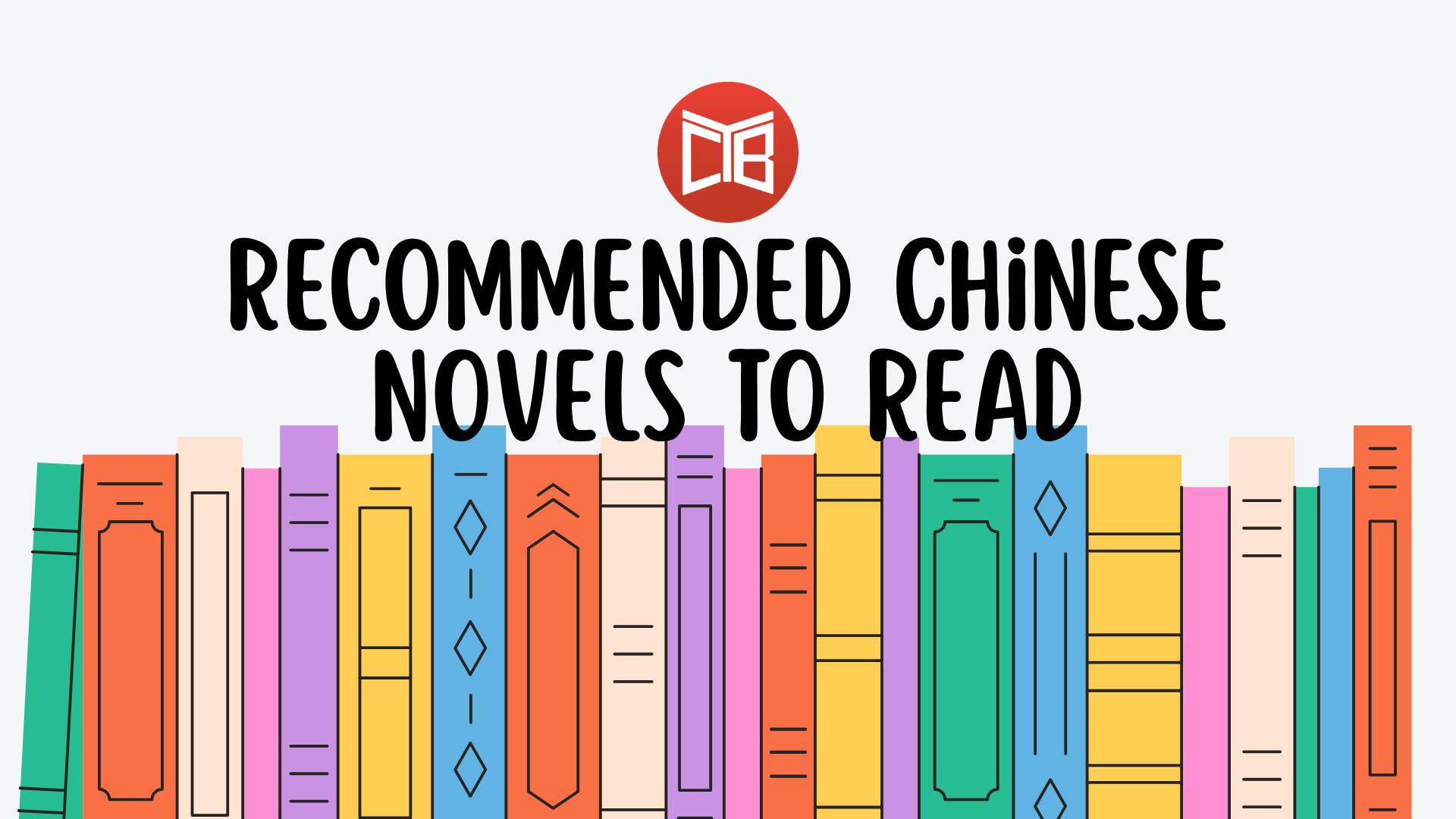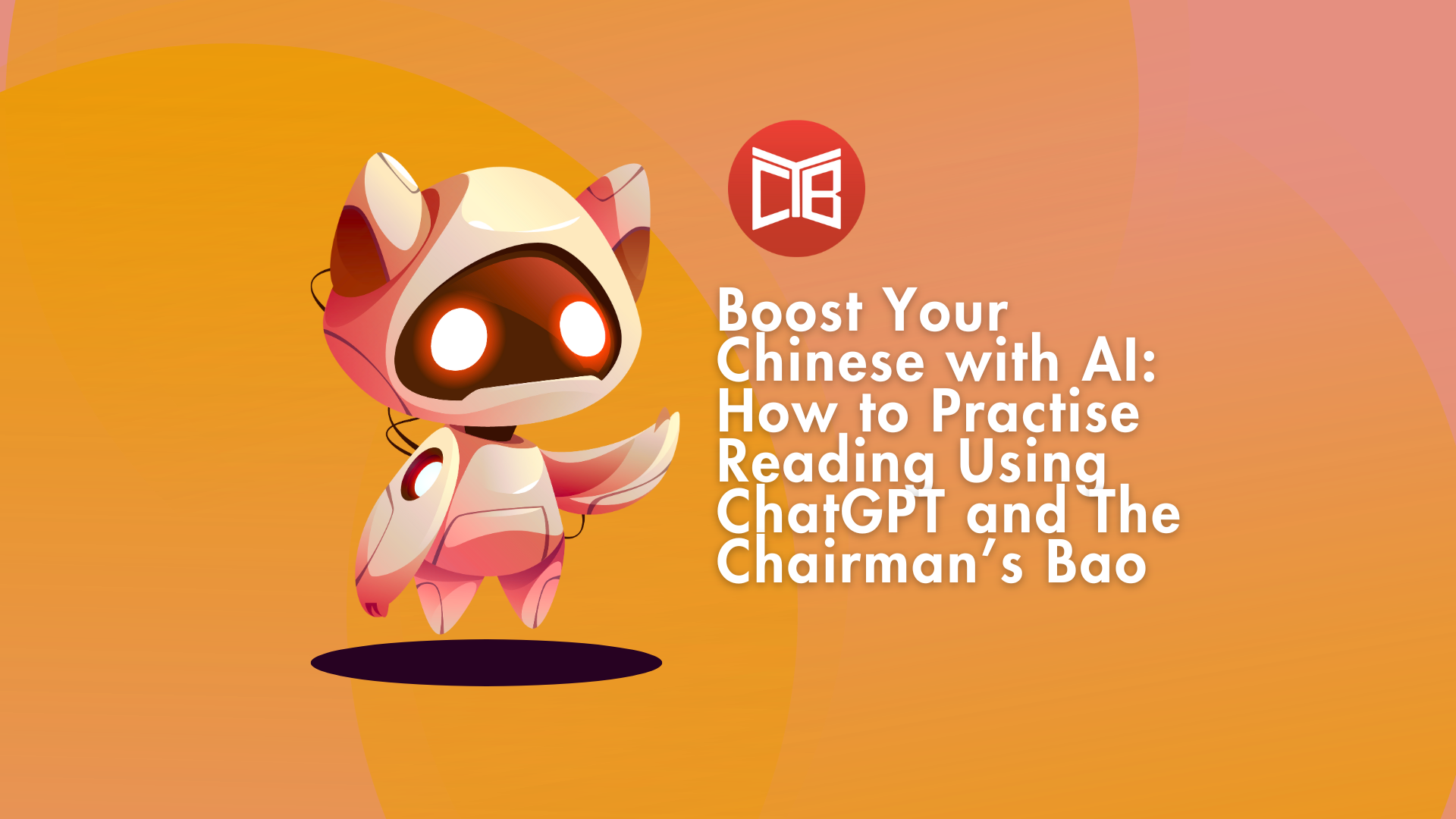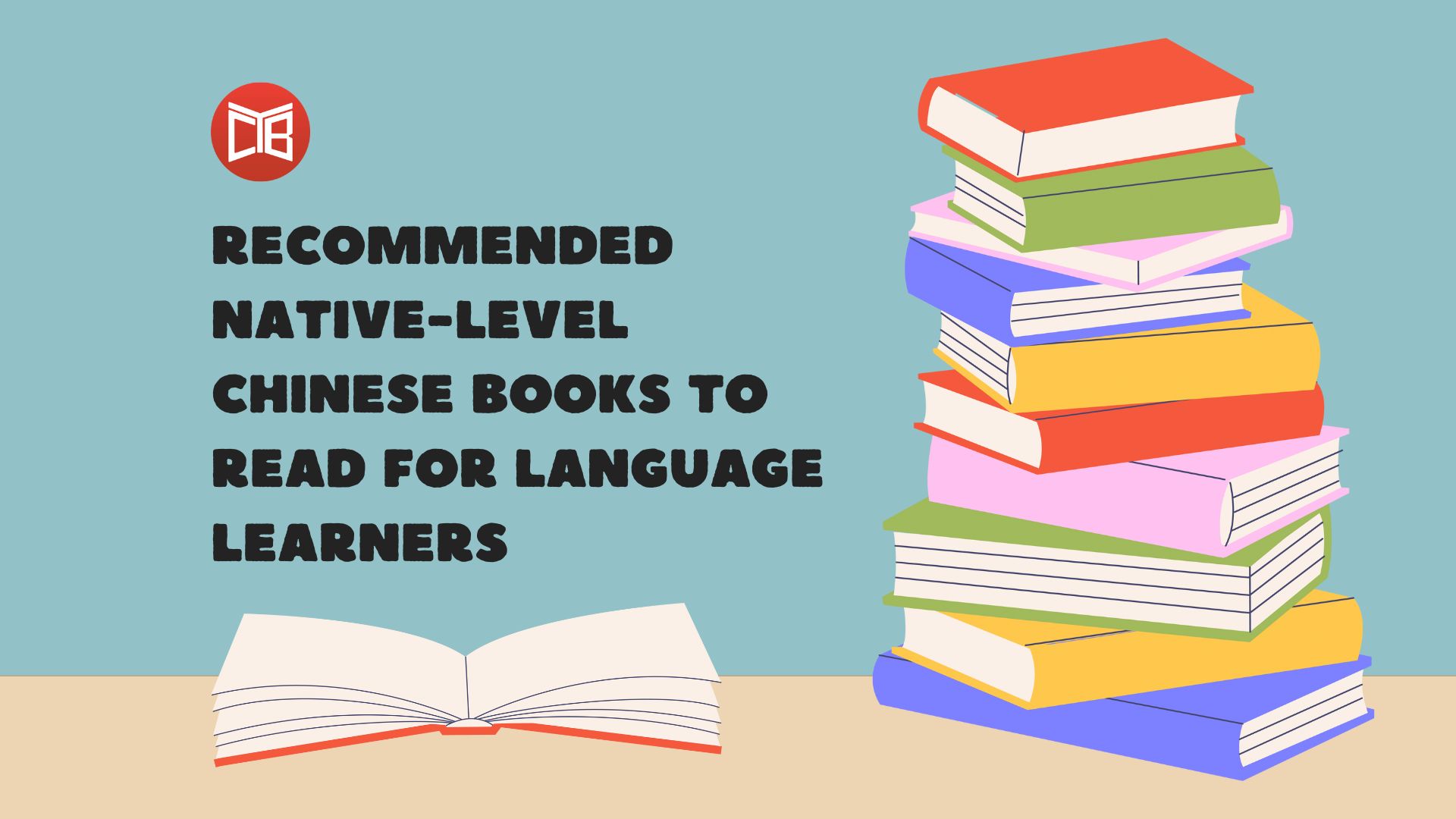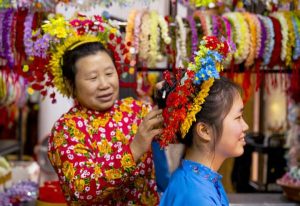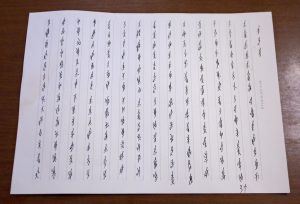
After Using the Article: Going Further
1. Debate Around the Theme
Objective: Develop oral expression and critical thinking.
Activity:
- Divide the class into two groups: for / against an idea from the article.
- Prepare arguments (using specific vocabulary taken from the text).
- Organize a mini-debate.
Example: (Level 4) 高铁电工为工作奉献一生 (High-Speed Train Electrician Dedicates Life to Work)
This debate can be extended to the broader topic of work ethics and social values. It can be the opportunity to focus on a cultural aspect of China during its modernization, to discover the work attitudes and dedication of practitioners in different industries (e.g., technical workers, teachers, doctors), and to discuss the stance of Chinese society and official ideology towards this.
高铁电工姚智慧:是否值得提倡”为工作奉献一生”?(High-voltage Electrician Yao Zhihui: Is it worth advocating “dedicating one’s life to work”?)
是/Yes
- 她的奉献精神体现了对职业的高度责任感。
- 她的努力带动了团队进步,提高了高铁制造的质量与安全性。
- 她的成就激励了更多年轻人投身技术岗位,树立了榜样。
否/No
- 过度强调奉献可能导致工作与生活失衡,影响身心健康。
- 并非所有人都能或应该将一生奉献给工作,社会应尊重多元价值观。
- 仅靠个人奉献难以系统解决技术行业的人才培养与激励问题。
2. Rewriting or Pastiche
Objective: Practice written expression based on a model.
Activity:
- Rewrite the article in a different style (satirical, humorous, poetic, etc.).
Example: (Level 5) 博物馆冰箱贴受中国消费者欢迎 (Museum Fridge Magnet Proves a Hit for ChineseConsumers
Students could write about how other traditional cultural elements (such as bronze ware, calligraphy, painting, etc.) are integrated into daily life through modern design, sparking consumption booms and cultural discussions.
Example 1: (Level 6) 中国朝鲜族农乐舞焕发新活力 (Korean Ethnic Group’s Farmers’ Dance Sees Revival in China)
Ask students to write about a traditional art or craft in their country or region that is listed as an intangible cultural heritage.
Example 2: (Level 2) 2025贵州水龙节结束了 (Water Dragon Festival Concludes in Guizho)
Ask the student to imagine they are traveling in Guizhou and have participated in the lively Water Dragon Festival. Write a postcard to your friend. For Level 1 and 2 learners, you need to give them precise directions such as:
- Where are you now? (Which city / What festival are you attending?)
- Who are you with?
- How is the weather?
- What did you see? (e.g., dragons, people, water…)
- What are people doing at the festival?
- How do you feel?…
It is also good to give them a set number of words (For higher levels, a minimum of 300 words is recommended).
3. Reading Aloud / Podcast
Objective: Work on pronunciation, intonation, and fluency.
Activity:
- In small groups, learners record an oral version of the article as if they were hosting a radio show or podcast.
- Include an introduction, jingle, transitions, and a personal conclusion.
As this activity requires some technical skills and time to prepare, it might be a good idea to give it as a homework assignment. The text can be reviewed and practiced in class while the recording and editing will take place outside of the classroom.
Variation: You can take it a step further and turn this activity into a TV news activity. You can make groups, each choosing an article they like corresponding to their level. Everybody participates, even those who are less comfortable with speaking. They can either choose a short AI article or they can take on “roles” like recording, editing, choosing outfits, creating the set.
4. Role-Play Interview
Objective: Encourage oral interaction.
Activity:
- One student plays a character related to the article (journalist, expert, witness, etc.).
- Others ask questions related to the content.
- This can be staged or recorded on video.
- This can be a writing activity (e.g., an interview for a magazine).
Example 1: (Level 2) 小狗找到走失的老人 (Rescue Dog Finds Missing Man in Yunnan)
Speaking activity:
You tell your classmate that a puppy helped find a lost elderly person. Your classmate will ask you a few questions to understand what happened. One student plays the role of a police officer, another plays the role of a journalist.
Student 1 (the journalist): ask five questions based on the text so that your classmate can find the answer in the article.
Student 2 (the police officer): your classmate will ask questions and the answers are in the article.
- 小狗叫什么名字?—— 它叫”巴顿”。
- 巴顿今年多大了?—— 它一岁了。
- 巴顿怎么找到老人的?—— 它闻了老人的衣服后,带着大家找到了老人。
Example 2: (Level 3) 支付宝给外国游客“畅游中国大礼包” (Alipay Offers Travel Vouchers to International Users)
Writing activity:
In pairs or on their own, write an interview between a journalist and a tech industry analyst about the popularization of mobile payment (like Alipay, WeChat Pay) in your country. You can use the article as a basis and then expand introducing your own ideas. Your article should deal with the reasons for its popularization, its impact on society (e.g., consumption habits, lifestyle), and predict its future trends.
As writing activities take time, you may ask the students to write down their ideas while they are in class, without focusing on grammar, spelling… only ideas. And then write properly outside the classroom.
5. Creative Activity (if your students are into crafts)
Objective: Reuse vocabulary and learn new words.
Activity: Create a poster based on the article that has been studied.
Example 1: (Level 5) 博物馆冰箱贴受中国消费者欢迎 (Museum Fridge Magnet Proves a Hit for Chinese Consumers)
You can ask the students to design cultural and creative souvenirs (e.g., fridge magnets, stationery, canvas bags) for their hometown or a favorite museum, showcasing the local cultural characteristics and appeal, and write a small paragraph for each design idea explaining its inspiration source and cultural connotation.
If they need more inspiration, you can suggest they choose a historical figure or a mythological legend as the design theme.
Example 2: (Level 4) 中式消暑饮料 (Chinese Summer Beverages to Beat the Heat)
You can ask the students to imagine and design a new menu for a newly opened Chinese tea drink shop. They need to conceive new beverages, including at least one innovative “fruit tea” or “flower tea” flavor. You can extend the activity with a role-play “at the drink shop” using the menus that have been created.
6. Fun Vocabulary Activity
Objective: Memorize the article’s vocabulary.
Activity:
- Create a card game (words and definitions, synonyms, expressions from the text).
- Organize games like “Taboo,” “Time’s Up,” or “Memory” around the article’s vocabulary.



